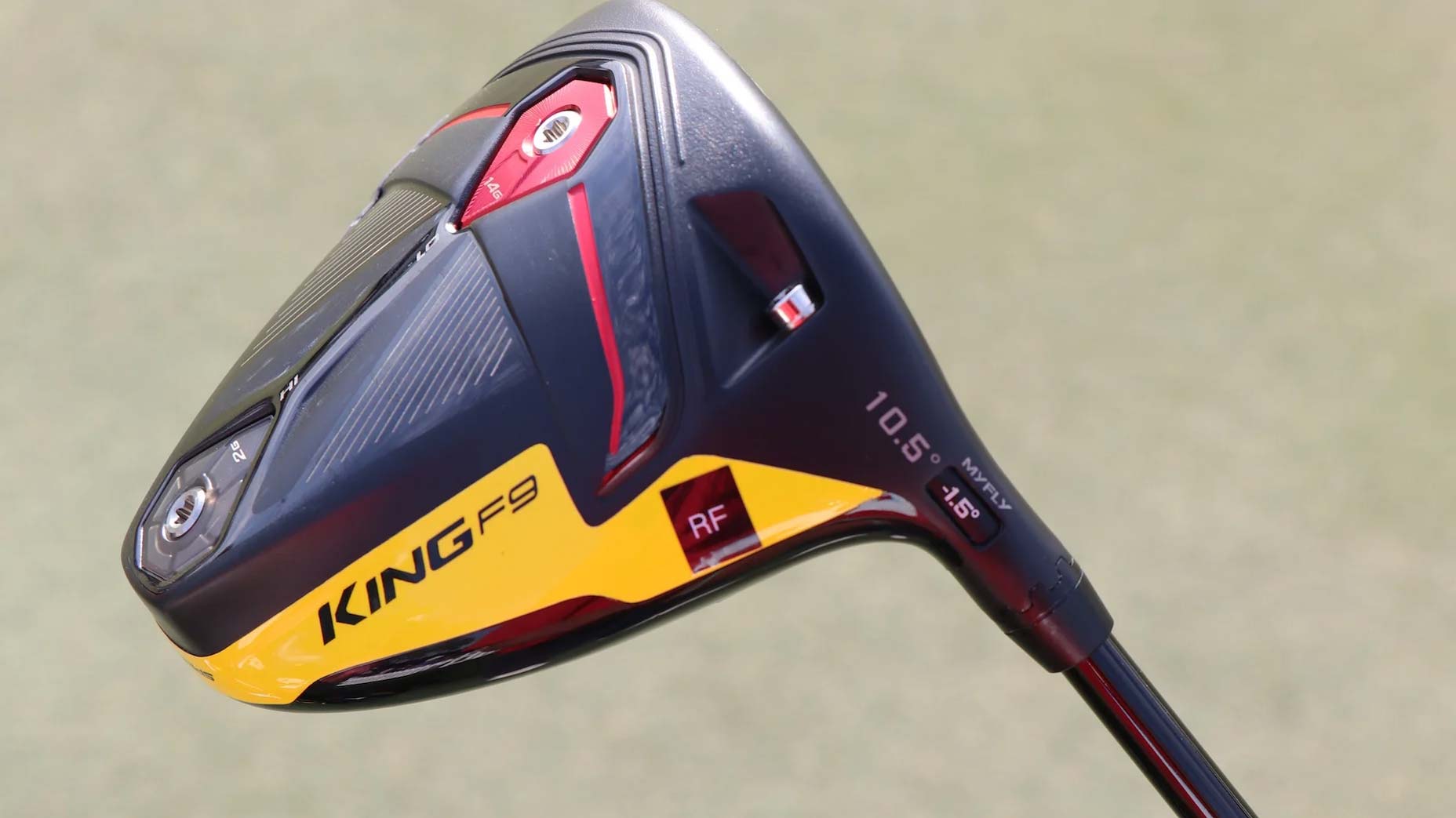PGA Tour players are really good at golf. They also have access to the best golf equipment and the best club builders in the business. They’re able to get prototype golf equipment made special for them, and everything in their bags is custom built to their exact specs.
Compared to an amateur golfer who buys retail equipment, they have quite the advantage when it comes to their gear. Knowledge is power, though. Once you know the tricks that pros and pro fitters use to enhance the performance of golf equipment, you can use those tricks for your own game (or get help from someone who knows how to do them).
Below are 5 equipment tricks Tour players use that you can too.
1. They get fit
This isn’t necessarily a “trick,” or a secret, but every single player on the PGA Tour has tested equipment extensively to find the correct setup for their own game. Sure, some players are locked into sponsorship deals and have to play clubs from only one brand, but they still undergo extensive testing to find the right lofts, lie angles, lengths, weights, shafts and even grips.
If you’re using equipment that you bought online or off the shelf, do yourself a favor and consult a fitter or professional instructor to see if it’s right for you. What are the chances that a golf club built with no one particular in mind is correct for your game, right?
Design a custom set of clubs
2. Adjust lie and face angles
PGA Tour players spend the time and energy to ensure their gear is dialed in down to the tenth of a degree. If the lie angle is just a touch off, it could drastically alter shot shape and turf interaction. If the face angle is just a little bit off, it can completely change the look of the club and how it performs.
For many Tour players, since they don’t like to see the ball hook left, they prefer an open-faced driver. That means the heads are de-lofted, which opens the face up and helps them eliminate a left miss. For most amateur golfers who fight a slice, the opposite may be helpful. If you’re fighting a slice, try closing down the face by increasing the loft on the adjustable loft sleeve of your driver. Similarly, making the lie angle more upright on any club will generally make it more draw-biased.
3. Lead tape or hot melt
We’ve covered lead tape and hot melt extensively before, but for anyone trying to make minor corrections to ball flight or feel, these substances can be extremely helpful. Adding weight to certain portions of the club head will help shift CG (center of gravity), which is crucial for manipulating trajectory and spin. Lead tape and hot melt can also help when changing overall weight or swing weight, too.
4. Tipped shafts
PGA Tour players swing the club fast. To help keep their driver shafts stable and the golf ball in play off the tee, many of them “tip,” or trim, their golf shafts to make them less flexible. Tipping a shaft basically means cutting anywhere from 0.5 inches to 1.5 inches (sometimes more) off of the end of a golf shaft to make it stiffer in the tip section. This usually leads to a stiffer feeling shaft that produces a more penetrating, lower-spinning ball flight.
Most amateurs don’t swing it hard enough to need a stiffer shaft, but if your golf ball is ballooning (flying too high and spinning too much), then maybe seek out professional advice on tipping a shaft. Remember, once you cut off part of the shaft, you can’t glue it back on.
5. Custom wedge grinds
When it comes to wedges, many PGA Tour players use heads with custom grinds on their soles. Inside the Tour vans, club builders grind the soles of player’s wedges for their exact needs.
Some amateurs, on the other hand, may not even know what grind they’re using or know how important the sole is to performance of a wedge. Luckily, most wedge companies these days have an extensive lineup of different grinds and bounce options in their retail offerings. So, if you can’t access a professional builder who will grind your wedge to perfection, you can still get dialed into the right sole configuration for your game. Of course, that means you actually have to test out different grinds or go through a full wedge fitting. But it’s worth it!
For more, check out Gary McCord’s old-school equipment tricks in the video below!
